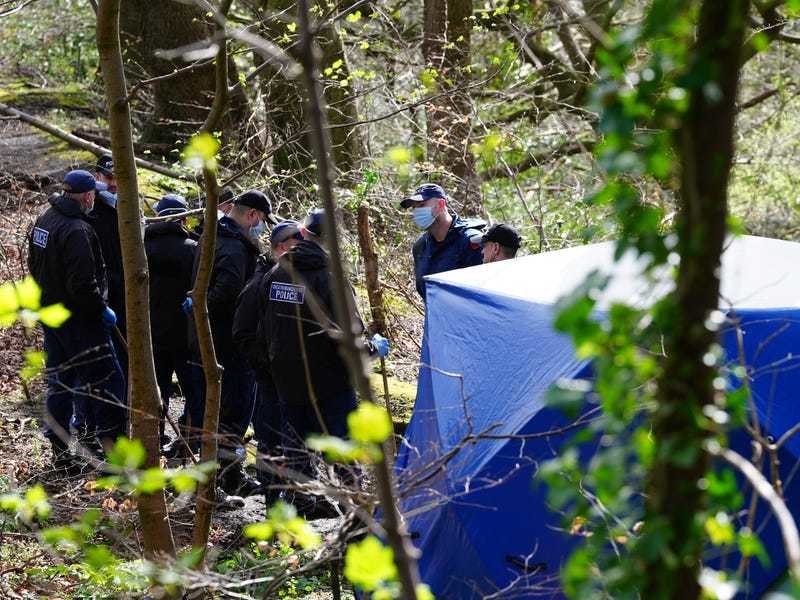The next generation of self-driving cars will have to learn the ‘language of cyclists’ to ensure that the roads are kept safe, a new study suggests.
Human-computer interaction specialists from the University of Glasgow have shown the need for upcoming autonomous vehicles to identify and replicate the ‘social interactions’ between human car drivers and cyclists.
Their findings captured the direction that cyclists looked during their journeys, showing that those on two-wheels relied more on information from roadsigns while also closely looking at cars to see which way they were planning to drive.
The study has influenced a series of recommendations on how autonomous vehicles should operate around cyclists ‘in the decades to come’ as drivers become less ‘actively engaged’ in their journeys. As such, autonomous vehicles must be able to understand human interactions.
The paper, titled ‘Keep it Real: Investigating Driver-Cyclist Interaction in Real-World Traffic’ also suggests that cyclists could wear ‘smart glasses’ which can relay an autonomous vehicle’s intentions by allowing the cars to communicate with the cyclists around them.
Professor Stephen Brewster, of the University of Glasgow’s School of Computing Science, and who led the research, said: “Being able to identify the ways in which that language works will help guide the development of versatile new methods of communication with cyclists that are easily understandable in any traffic situation, reliably informative, and predictable.”






